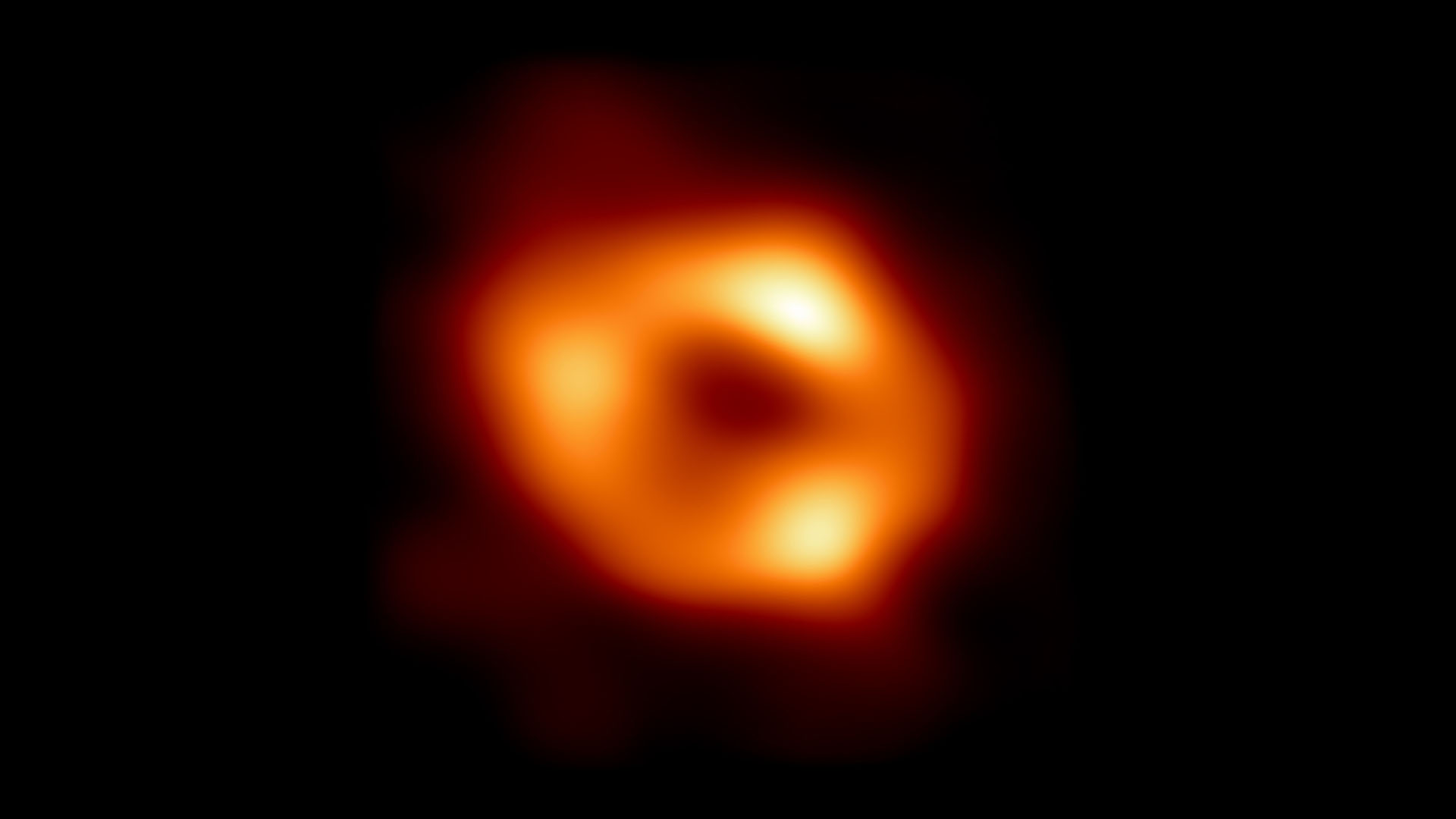Beverages, Vol. 9, Pages 30: The Application of Non-Thermal Technologies for Wine Processing, Preservation, and Quality Enhancement
Beverages doi: 10.3390/beverages9020030
Authors: Yogesh Kumar Matteo Marangon Christine Mayr Marangon
Recently, non-thermal wine processing technologies have been proposed as alternatives to conventional winemaking processes, mostly with the aims to improve wine quality, safety, and shelf-life. Winemakers typically rely on sulfites (SO2) to prevent wine oxidation and microbial spoilage, as these processes can negatively affect wine quality and aging potential. However, SO2 can trigger allergic reactions, asthma, and headaches in sensitive consumers, so limitations on their use are needed. In red winemaking, prolonged maceration on skins is required to extract enough phenolic compounds from the wine, which is time-consuming. Consequently, the wine industry is looking for new ways to lower SO2 levels, shorten maceration times, and extend shelf life while retaining wine quality. This review aggregates the information about the novel processing techniques proposed for winemaking, such as high-pressure processing, pulsed electric field, ultrasound, microwave, and irradiation. In general, non-thermal processing techniques have been shown to lead to improvements in wine color characteristics (phenolic and anthocyanin content), wine stability, and wine sensory properties while reducing the need for SO2 additions, shortening the maceration time, and lowering the microbial load, thereby improving the overall quality, safety, and shelf life of the wines.

 1 year ago
31
1 year ago
31

